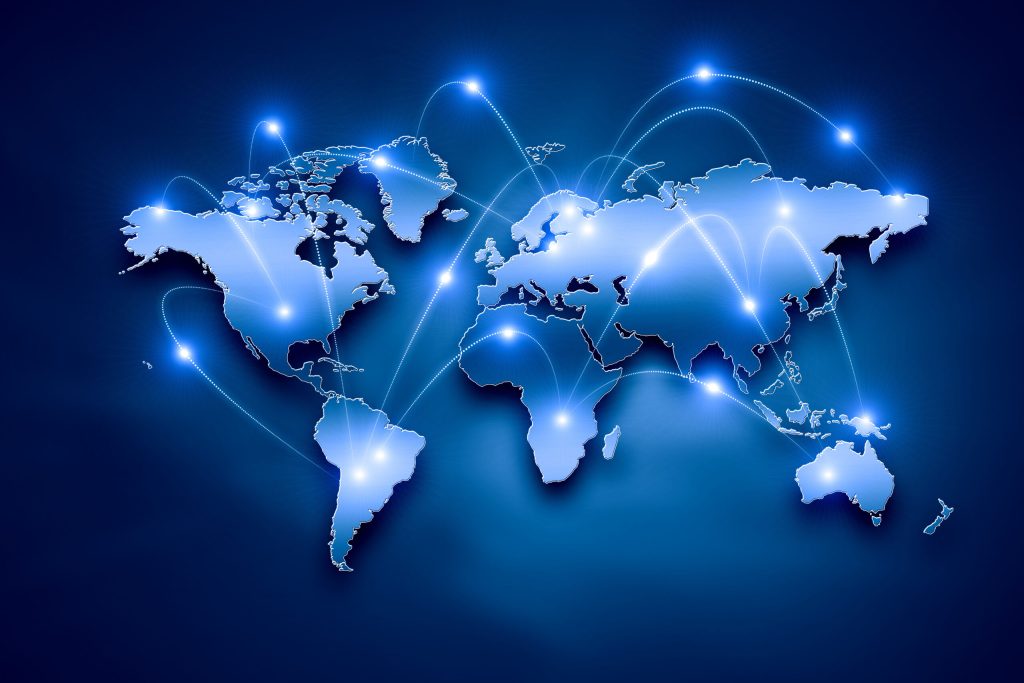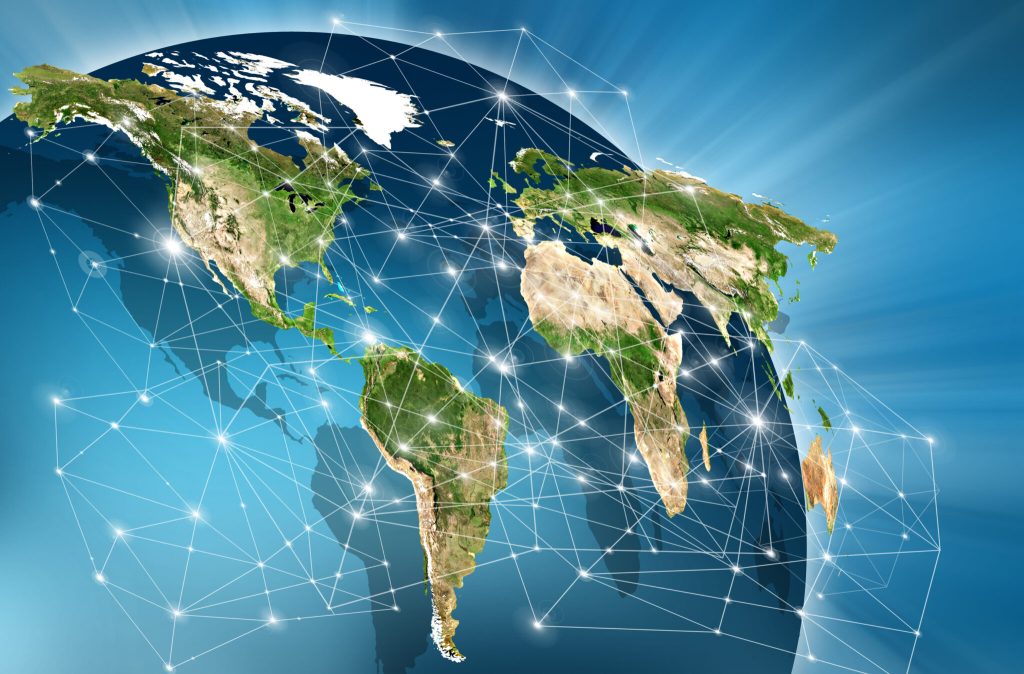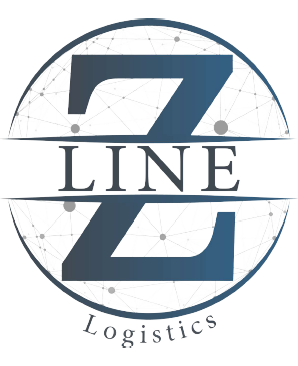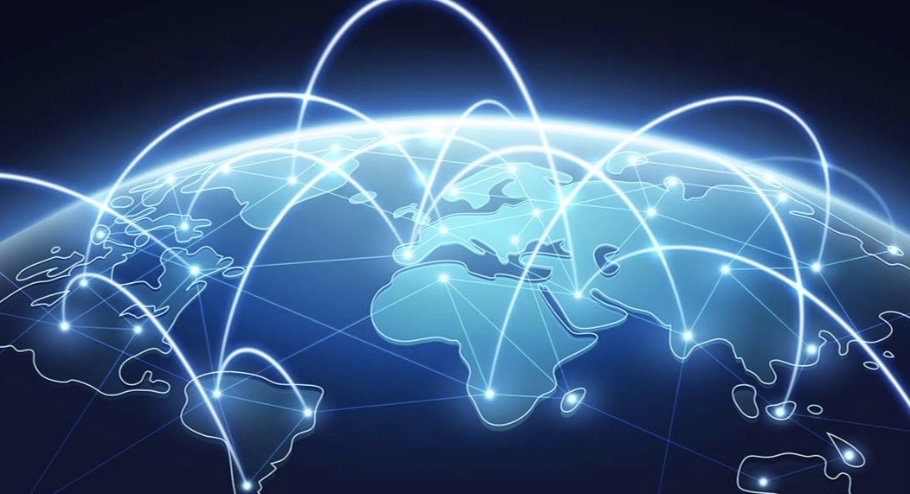Table of Contents
In the current world of integration, companies have come to rely on sourcing globally as a norm for their approaches to supply chains, and we need to know more about Global Sourcing Advantages and Disadvantages.
The global sourcing strategy is supplied from different parts of the world at the lowest cost, availing the benefits of utilizing specialized expertise as well as diversifying risks.
While, global sourcing Advantages and Disadvantages can offer businesses some favorable outcomes, it is just the same as any other business strategy. It has the benefits and drawbacks as well.
In this blog post, we would like to explore the global sourcing advantages and disadvantages which involve the activities carried by a business in the process of getting services or goods from global suppliers.
What is Global Sourcing?

Before discussing Global Sourcing Advantages and Disadvantages let’s know more about global sourcing.
The term global sourcing stands for the process of finding items, services or skills in multiple places across the world to respond to a given corporation or organization’s demands.
It encompasses the procurement of material, components or final products from suppliers that are domiciles in different geographies and primary purposes are to seek for cost efficiencies, find out the unique skills and spread the risks.
Global sourcing can be regarded as a variety of company’s activities that involves sourcing of products, production of goods, outsourcing for the services and the labor.
It gives companies an opportunity to penetrate international markets, to use the labor differentiation of separate regions as their driving forces and to reorganize their supply chains as a way of enhancing efficiency and competitiveness.
Before knowing more about Global Sourcing Advantages and Disadvantages, here are common examples of global sourcing include:
Procurement of Raw Materials: One of the reasons why companies, in particular, industries use globally diversified sourcing is lower costs of the raw materials and components from countries where these are produced or available, for example, from sourcing textiles in Asia or minerals in Africa.
Manufacturing Outsourcing: Corporations may farm out operations of making, in the case of contract manufacturers or in countries with cheap labor or advanced ability, like China and India.
Service Outsourcing: Companies can, for example, bring in overseas service providers, either to deal with customer support, or with IT development, or do back-office functions in countries rich in educated workforce or in those with competitive wages, such as The Philippines or Eastern Europe.
Talent Acquisition: Institutes are global talent recruiters for the sake of narrowing search for high-quality, specialized knowledge and expertise that local labor markets are not likely to have. A case in point is hiring software developers from Eastern Europe or biomedical researchers from the US.
Cost saving: Cost-saving is one of the many advantages of global sourcing. It also offers the alluring prospect of profitable market entry and to adapt to a quickly changing business environment.
On the other hand, global sourcing may be a very complex process, with quality control issues, communication problems, and geopolitical risks among other things which are inevitable and must be managed if businesses are to reap fully the benefits of global sourcing while ensuring that the risks are minimal.
Now let’s dig deeper into Global Sourcing Advantages and Disadvantages!
What are Global Sourcing Advantages and Disadvantages?

Here goes Global Sourcing Advantages and Disadvantages:
Advantages of Global Sourcing:
Cost Efficiency: Procuring some inputs or services from places where the workforce or production cost is lowest can diminish business expenses to a great extent.
Access to Specialized Expertise: Entering the market with the opportunity to combine with foreign suppliers gives the company an opportunity to gain access to the limited markets while taking advantage of expertise, knowledge, and technology that may be locally unavailable, hence the innovation and a competitive edge.
Market Expansion: By sourcing various regions, the companies are able to enter a new market, thus, allowing diversification towards a wider customer base and independence on a specific region alone, with the risk of a single continent being dependentness on the limitation.
Flexibility and Scalability: Globally installed sources can ensure businesses as well as scalability in the face of changing market requirements and within the framework of production demand.
Time Zone Coverage: Ensuring seamless operations involving various time zones can be set up which will offer the exciting possibility of 24/7 operations, implying faster turnaround times and more superior customer services.
Disadvantages of Global Sourcing:
Supply Chain Disruptions: Businesses that operate on several geographic areas, have a supply chain management increased complexity and vulnerability to geopolitical turmoil, natural calamities, or infrastructure failures consequences differently.
Quality Control Challenges: The problem of attainment of consistent product quality and regulations is sometimes challenging due to disparities and differences regarding standards and practices among regions which may lead to quality issues and crucially damage a brand reputation.
Communication and Cultural Differences: Since communication and collaboration become key factors in the cooperation with partners or suppliers whose cultural environment and time zone are different, there’s a huge possibility of misconceptions and confrontations.
Logistical Complexities: Managing logistics and transportation across long distances adds complexity and cost to the supply chain, but the problems arise as customs clearance fees and import/export regulations, also there is a problem of longer lead times.
Dependency Risks: The over-reliance of a company on global originations may be a cause for concern as it may make the business subject to international exchange variations, political instability or any shifts in trade policies.
Nonetheless, the international sourcing system is evidently present alongside some very crucial considerations that organizations have to embrace.
These factors include cost-efficiency, freelancing, market development and they are all very attractive.
The implementation of resilient risk mitigation, quality assurance, and communication strategies represents the prerequisites for successful global sourcing, favorable outcomes, and limited disadvantages.
now you know Global Sourcing Advantages and Disadvantages!
Know more about some tailored logistics examples!
FAQs About Global Sourcing Advantages and Disadvantages

What is a negative impact of using global sourcing?
One negative impact of using global sourcing is the increased risk of supply chain disruptions.
Operating across multiple countries or regions exposes businesses to various risks such as geopolitical instability, natural disasters, transportation delays, or trade disputes.
These disruptions can lead to delays in production, shortages of materials or products, and ultimately affect the business’s ability to meet customer demand and maintain competitiveness.
What is one of the main benefits of global sourcing?
One of the main benefits of global sourcing is cost efficiency. By sourcing materials, components, or services from regions with lower labor or production costs, businesses can reduce their overall expenses and improve profitability.
This cost advantage allows businesses to remain competitive in the global marketplace and potentially pass on savings to customers through lower prices.
What are the risks of global sourcing?
The risks of global sourcing include supply chain disruptions, quality control challenges, communication and cultural differences, logistical complexities, and dependency risks.
These risks can impact business operations, affect product quality and reliability, increase costs, and damage reputation.
Managing these risks effectively is crucial for businesses to succeed in global sourcing initiatives.
What are the advantages and disadvantages of local sourcing?
Advantages of local sourcing:
- Reduced transportation costs and lead times.
- Greater control over quality and production processes.
- Support for local economy and community development.
- Enhanced communication and collaboration with suppliers.
Disadvantages of local sourcing:
- Limited access to specialized expertise or resources.
- Potentially higher production costs compared to global sourcing.
- Dependency on a local supplier base, increasing vulnerability to local market fluctuations or disruptions.
- Lack of scalability for businesses aiming for global expansion.
In conclusion, Global Sourcing Advantages and Disadvantages are many, but global sourcing is of high significance for firms as it allows the companies to save money, use specialized outsourcing and enter new markets.
Hence, to a great extent, it is associated with supply chain –based disruptions, quality control problems and logistical complexity.
Through the right mixture of Global Sourcing Advantages and Disadvantages, and also the implementation of strong mitigation strategies, businesses are able to catch the positive outcomes of offshore sourcing, while avoiding the negative effects, at large.
And in this way, companies achieve growth and competitiveness in the international market that is currently dominated by globalization.
We hope that Global Sourcing Advantages and Disadvantages are well explained now!




